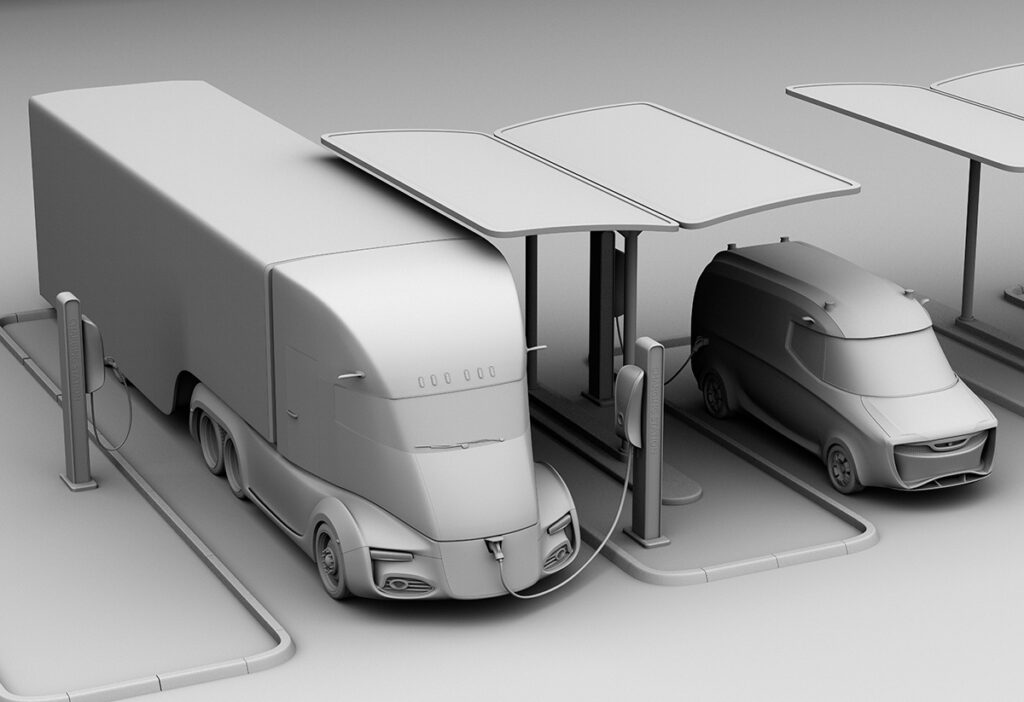SAE International has published a second version of Recommended Practice (RP) SAE J2954, its standard for wireless power transfer (WPT) for EVs of up to 11 kW power levels.
The RP establishes specifications for interoperability, electromagnetic compatibility, EMF, minimum performance, safety, and testing for wireless charging of light-duty electric and plug-in EVs. SAE is seeking to create a common methodology to validate production designs, topologies for both the vehicle and infrastructure, and alignment methods, which would assist drivers to find and stay within charging areas, even in rain or snow.
The specification defines various charging levels that are based on the levels defined for SAE J1772 conductive AC charge levels 1, 2, and 3, with some variations. SAE says a standard for wireless charging based on these charge levels enables selection of a charging rate based on vehicle requirements, which allows for better vehicle packaging and ease of customer use.
J2954 is intended for stationary applications, though SAE says dynamic applications may be considered in the future. In this version, only above-ground installations are covered. Flush-mounted installations have been discussed but are not yet ready for inclusion. The RP addresses unidirectional charging from grid to vehicle, and SAE says bidirectional energy transfer may be evaluated for a future standard.
SAE designed the RP to be used for interoperability, performance and emissions testing in which the manufacturer has chosen a single standard coil-set for WPT power classes 1, 2, and 3, up to 11 kW per Z-class (1 to 3) using circular topology.
SAE will test the standard throughout 2019 on EVs in the field for final validation. It hopes to release the standard within the next year. In the near term, SAE says vehicles that are able to be charged wirelessly under J2954 should also be able to be charged by SAE J1772 plug-in chargers.
Source: SAE









































































